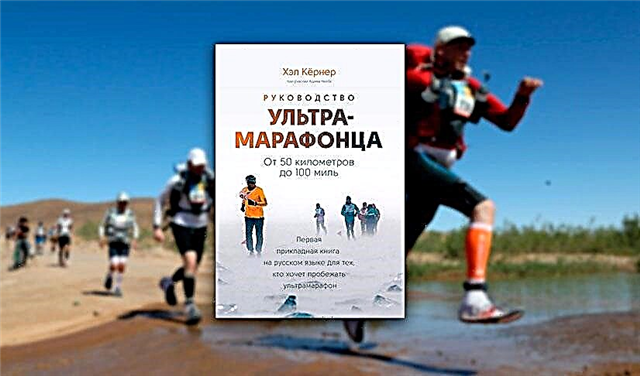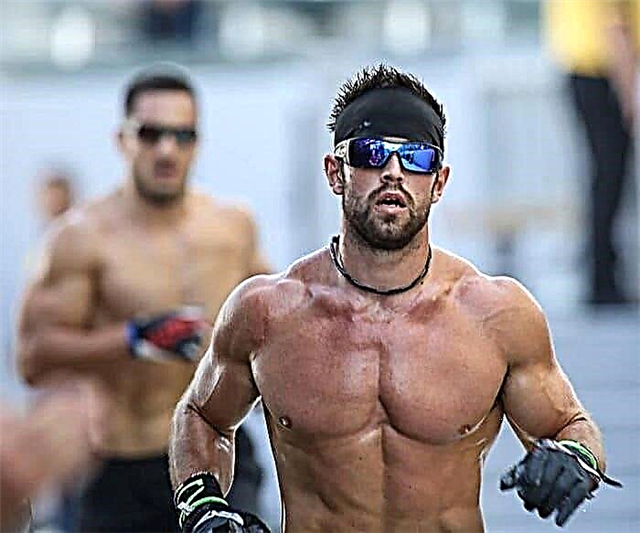In running, the main "tool" of an athlete is his legs. Even with excellent stamina and strong lungs You won't be able to run well without strong calf and thigh muscles. Let's look at the basic principles of leg training for running.

Power load
The power load for running differs depending on what distance the athlete is going to run: sprint, middle distance, or stayer. The exercises are basically the same, but differ in the number of reps and the weight used.
Sprint training is characterized by low repetitions but high weights. Powerlifters train about the same. The sprinter's task is to have as strong legs as possible, which will allow developing and maintaining the highest possible speed. The sprinter doesn't need general stamina. Since the maximum running distance does not exceed 400 meters.

For the average athlete who runs from 600 to 3-5 km, the task is to find the right balance between endurance and strength. Therefore, exercises are performed with lighter weights than sprinters, but with more repetitions.
More articles that may interest you:
1. Started running, what you need to know
2. What is interval running
3. Running technique
4. Is it possible to run with music
For distance runners who run long distances, ranging from 5 km to ultra marathons, it is necessary that the legs are not so much strong, but rather enduring. Therefore, such athletes usually use a small weight, and sometimes even exercises are done only with their own weight. But at the same time, the number of repetitions makes the maximum possible.

The main strength exercises that runners do for leg workouts are:
– Deep squats with or without a barbell... The difference between these squats and the usual ones that powerlifters do is that in the final phase of the lift, the athlete needs to go on toes to strengthen the foot. Since, unlike weightlifting, in the lungs, the calf muscles and the muscles of the foot play a large role. Sprinters use the maximum weights possible, doing 5-10 reps, middle and long distance athletes use lighter weights, but the number of reps is much higher. Sometimes squats are done without any extra weights. In this case, the number of repetitions exceeds thousands of times per set.

– "Pistol", or squats on one leg... One of the most popular exercises for track and field athletes. Holding onto some support for balance, the athlete sits down as deep as possible, and then stands on one leg. Sprinters necessarily use additional weights, for example, take a dumbbell in their free hand. Medium and long distance athletes also use additional load, but less, and do more reps. The principle of reaching toe in the final phase of the lift is the same as with regular squats.

– Barbell lunges... They are done as deep as possible so that all leg muscles work.

– Foot training... When an athlete with a heavy kettlebell in his hands stands on one leg and lifts himself by raising his leg to toe. At the same time, the leg at the knee does not bend. Exercise perfectly trains the calf muscles.

– Kettlebell exercises... They are performed by runners very often, since the kettlebell develops strength endurance, and also perfectly trains the legs.

Jumping load
Jumping work is very important for running, which not only builds muscles, but also makes them more flexible, elastic and resilient.

There are a huge variety of jumping exercises: jumping rope, running, jumping on two legs over barriers, jumping from foot to foot, high jumps, jumping from a place and from a run, jumping on a support, etc. Any jumping exercise helps to strengthen the muscles of the legs and has a positive effect both on the running speed for sprinters, so and muscle endurance for middle and long distance athletes.









